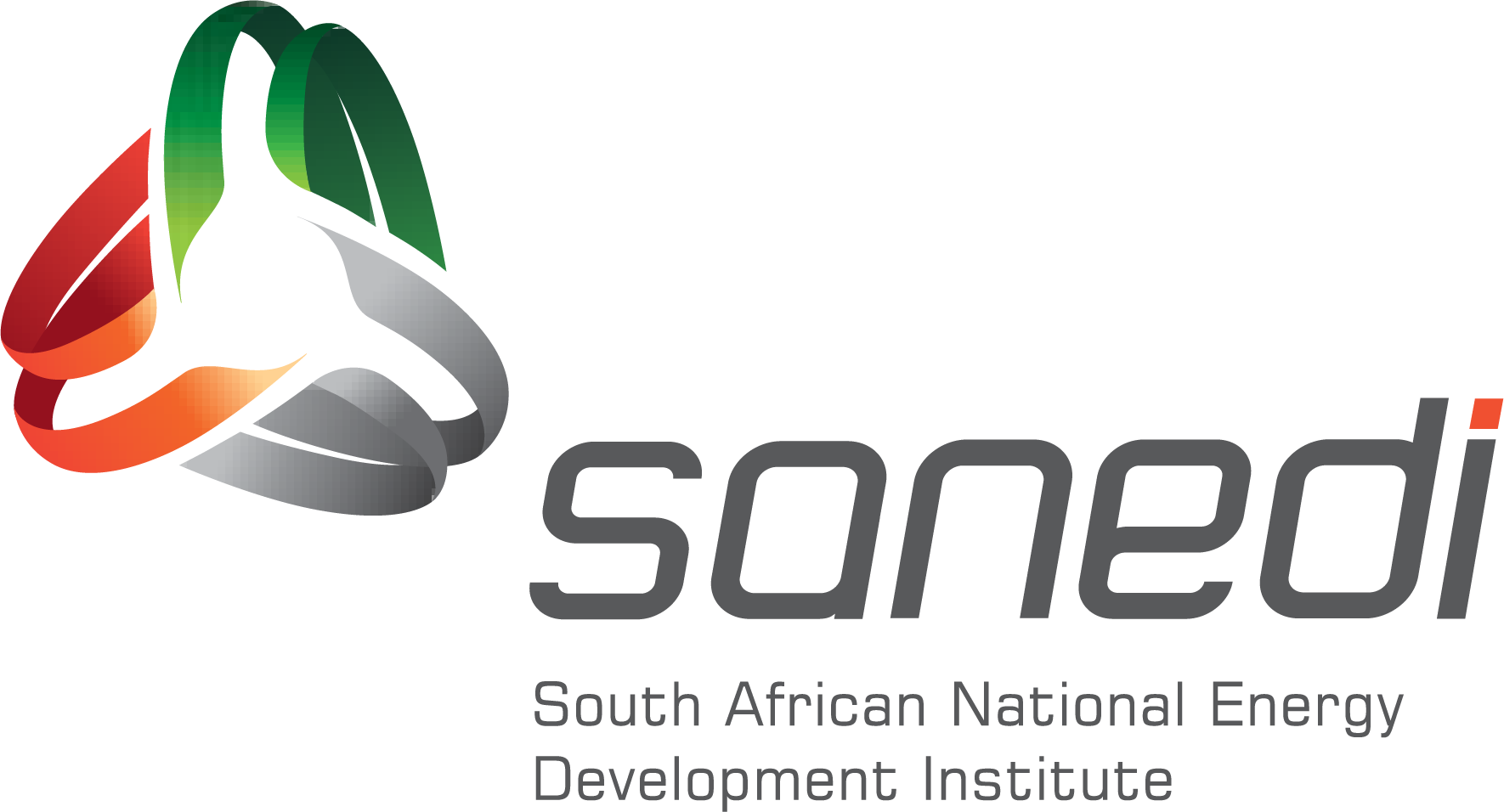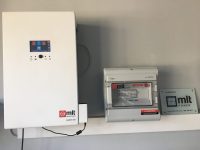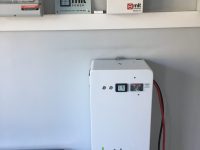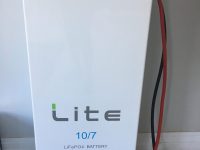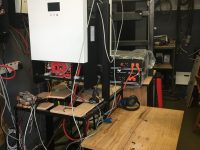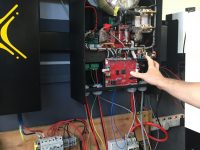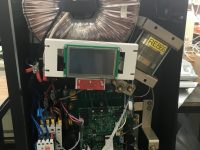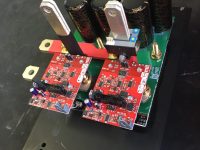Background
MLT Inverters (formerly known as MLT Drives), a proudly South African company, has been in the industry of high efficiency inverters and battery chargers since 1984.
We currently manufacture four ranges of chargers, namely the PowerStar AC Charger/Inverter, the Oasis AC Charger/Inverter, the Nomad Solar Charger, and the Karoo Solar/Battery Hybrid Inverter (see Figure 1). In 2017/2018 we were awarded a bid from SANEDI to further upgrade some of our products to accommodate the redundancy and complexity required for larger solar and solar/battery hybrid systems (see Error! Reference source not found).

In previous activities relevant to our SANEDI project, the PowerStar (referred to as the Namib in our original proposal) inverter and the Nomad Solar Charger had their hardware upgraded to allow them to interface with Battery
Management Systems (BMSs) on an CAN (Controller Area Network) communication bus. CAN has become the de facto standard for communication with Battery Management Systems. Subsequent to this, the hardware on these devices was successfully tested and lead us on to activities (1.2), (1.5) and (2.1) of the project. These activities included writing and testing the necessary software in the Nomad and PowerStar to allow them to communicate over the CAN communication bus.Many battery manufacturers were excited to see this topology in action and as a result we have gotten equipment and support from PylonTech, FreedomWon. Hubble and BlueNova. We have successfully interfaced with all these battery
types and have been registered on their approved list for compatibility.
We now aim to extend the single phase 10kW into a 3-phase 30kW LV (Powerstar30H) and 3-phase 50kW HV (60kVA). We also aim to add new 3 phase measurement techniques to allow for multiphase variable current injection.
Traditional inverters inject the same current on all 3 phase in a 3 phase topology. The new generation of smart inverters can redistribute power to increase line capacity and line losses. They will do this in real-time with the aid of specialized line impedance measurement techniques developed by professor Trevor Gaunt and Professor Michel Malengret.
